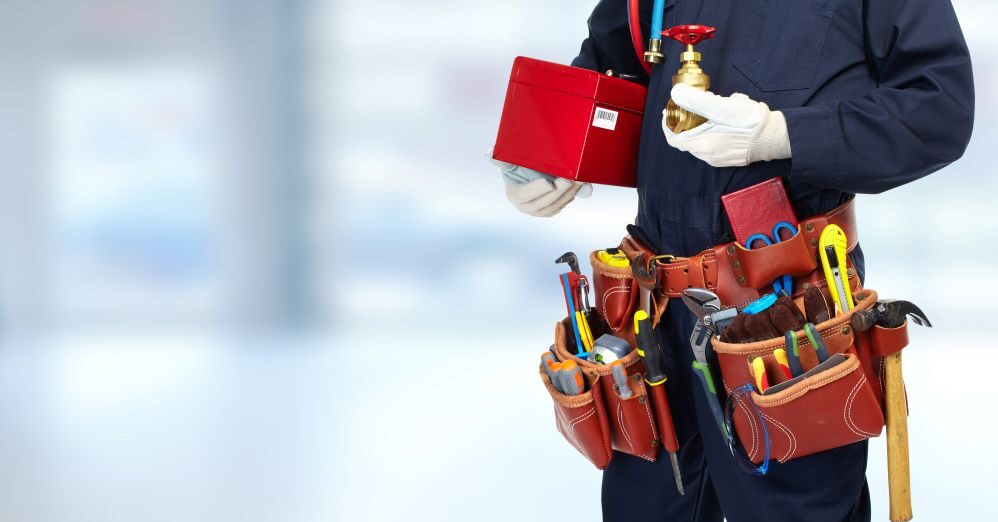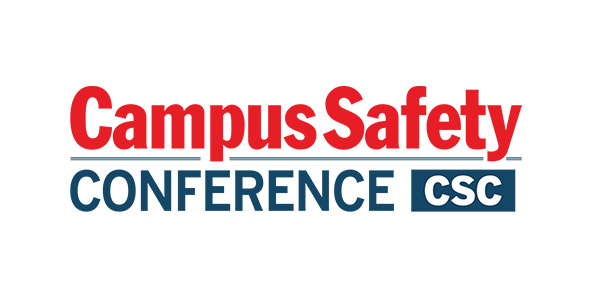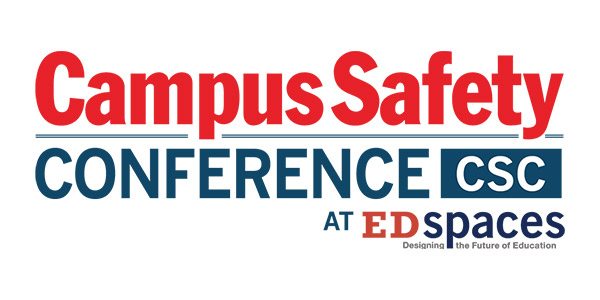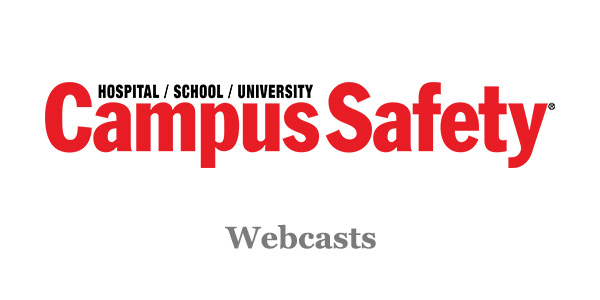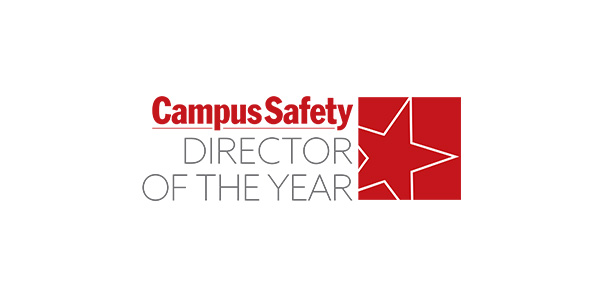Campus safety often centers on security technology, emergency protocols, and personnel. Yet, a crucial and often overlooked element is the proactive maintenance of campus facilities. Small, hidden risks resulting from poor upkeep can escalate into serious hazards for students, patients, faculty, staff and visitors alike. For those on the front lines of facilities management and campus security, recognizing and addressing these potential dangers is a vital part of the overall mission.
Campus safety isn’t always about responding to crises. For facilities professionals, it’s about preventing them with disciplined maintenance.
Related Article: Security Systems Maintenance: The Sleeping Dog That Could Wake Up and Bite You
The physical infrastructure of a school or university is its first line of defense. It’s a complex system of interconnected parts, and a failure in one area can have a cascading effect on the entire campus.
Therefore, a comprehensive safety strategy must be built on a foundation of rigorous facility management. This goes beyond simply fixing things when they break. It requires a systematic approach to identifying and mitigating risks before they pose a threat.
4 Critical Facility Maintenance Areas for Campus Safety
While a campus may look well-maintained on the surface, true safety lies in what’s often hidden from plain sight. A thorough safety audit should examine these key areas.
Air Quality
Clean air vents are a key indicator of healthy indoor air quality. Neglected vents can accumulate dust, pollen, and allergens, leading to poor air circulation and a host of respiratory issues for students and staff. This can have a direct impact on student health, focus, and overall well-being. Beyond simple aesthetics, vents that are dusty, discolored, or show visible buildup are a clear red flag that the HVAC system is not being properly maintained.
Following a stringent replacement schedule for air filters is critical, as these filters are the primary defense against pollutants and contaminants. Without regular replacement, clogged filters reduce efficiency and strain HVAC systems, which can negatively impact student health and performance.
Fire Safety
Functional and accessible fire extinguishers are critical for a quick response to fires. Without regular inspections, they can fail, leading to costly response delays. Each extinguisher should be in a visible area, like a hallway or cafeteria, and have a tag showing an inspection date within the past year.
Beyond extinguishers, it is imperative to regularly inspect fire alarms, sprinkler systems, and emergency exits. A proactive approach to fire safety ensures that all components are not only functional but also compliant with local and national safety codes, providing peace of mind and protection for campuses.
Structural Integrity
Even minor water leaks can create significant hazards. Water intrusion, if left unaddressed, can weaken a building’s structural integrity and create electrical risks, posing both immediate and long-term dangers to the campus community. Signs like stained ceiling tiles, warped floors, or a persistent musty odor signal hidden water issues, which can also lead to mold growth and poor air quality. A comprehensive maintenance plan should include regular checks for leaks in roofs, pipes, and basements to prevent these issues from escalating.
Mechanical Operations
Mechanical rooms house critical building systems, including boilers, electrical panels, and HVAC units. If these areas are cluttered, poorly ventilated, or improperly maintained, they can become hotbeds for fire hazards, equipment malfunctions, or accidents that disrupt campus operations.
Regular inspections and a strict policy of keeping these areas clear of storage are non-negotiable for campus safety. Ensuring these systems are regularly serviced by qualified technicians not only diminishes risk but also improves energy efficiency and extends the life of costly equipment.
Proactive Investment in Maintenance Results in Long-Term Benefits
True campus safety is a daily commitment, not just a one-time checklist. A proactive, preventative maintenance program should involve a comprehensive, year-round schedule of inspections and repairs that goes beyond simple seasonal checks. It requires trained personnel who are not only skilled in their trade but also acutely aware of their role in the broader campus safety ecosystem. Taking on this mindset transforms a basic maintenance checklist into a living, breathing safety plan that protects everyone on campus.
Related Article: Preparing for Education Facility Audits and Accreditation: Why Documentation Matters
Ultimately, a proactive approach to facility maintenance creates environments where students and staff feel safe, allowing them to focus on what’s most important: education. From clean air vents to clear mechanical rooms, the unseen details of maintenance play a vital role in school safety.
By prioritizing these often-overlooked areas, campus safety professionals can ensure every space is cared for, protecting the well-being of the entire campus community and securing the long-term safety of the institution itself. It is an investment that yields immeasurable returns in the form of a healthy, productive, and secure campus.
Marshall Darnell is Project Manager for STAT Team, SSC Services for Education.
Note: The views expressed by guest bloggers and contributors are those of the authors and do not necessarily represent the views of, and should not be attributed to, Campus Safety.

